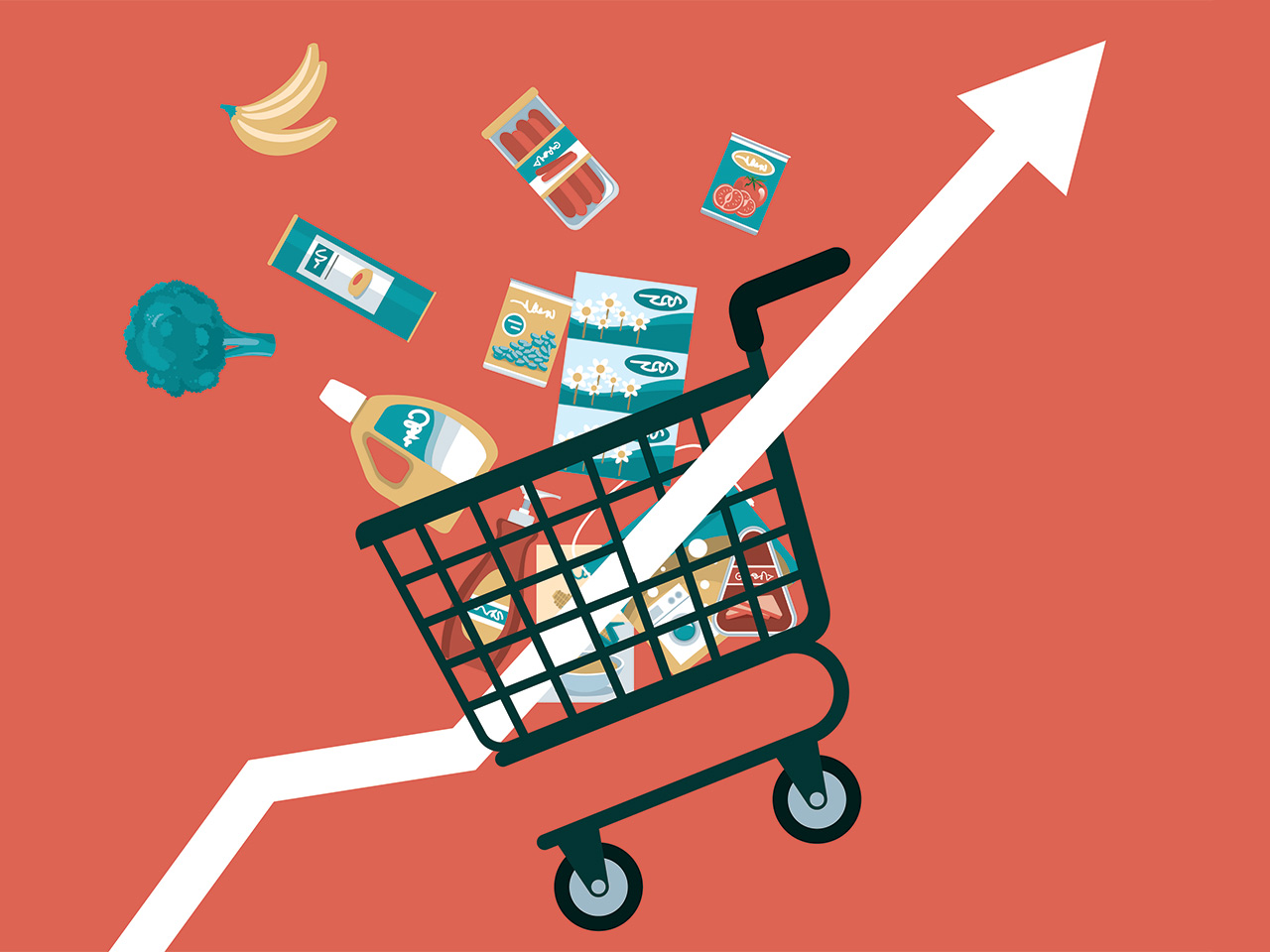There has been much talk about the “cost of living crisis”. Many people are finding it difficult to pay their bills. The biggest strain is on young people to meet mortgage payments. Yet this isn’t the first time a cost-of-living squeeze has occurred, far from it.
People who borrowed to buy a home in 1977 did so at 10 per cent per annum. Just two years later in 1979 they were paying 17 per cent. Rates remained double digit until 1990. Home loan rates rose above 10 per cent again in 2008. Certainly houses cost much less back then.
It’s the rapid rate increases that catch people out. After the 7 per cent jump in the 1970’s the RBA’s cash rate climbed 2.75 per cent in 1994, 1.5 per cent in 2000 and 1.75 per cent in 2009-10.
The latest upcycle has seen rates increase 4.25 per cent since April 2022, lifting mortgages to around 6.75 per cent per annum, still well below those of 2008.
Cost of living crises occur periodically. They result from strongly rising prices, meaning high inflation, and the RBA’s response to control it, jacking up interest rates.
Why does inflation increase? If the money supply, the amount of cash in circulation, increases too much, then too much money is chasing too few goods, causing prices to rise. Living costs jump. Interest rate hikes and mortgage payment increases follow.
What causes too much money in circulation? Central banks can cause it but that is rare. Their moves are measured and carefully planned. The RBA actions following the Covid pandemic did contribute to the current problem.
However the main cause is governments. Politicians decide they need to spend money we don’t have, borrowing to subsidise businesses during Covid, overly generous disability care schemes, electricity bills, green energy schemes, and so on.
They need to stop overspending on politically driven projects because they are delaying easier times ahead. Politicians should do the right thing by the country and introduce austerity to government spending.
How can people cope with the cost squeeze? There is no point complaining as if it has never happened before. Work out a solution and get on with what must be done to survive. Cut out the luxuries, coffee, gym, the expensive car. Decide what is essential and what isn’t. Prioritise spending.
Get a second job. The people whose loans went from 10 to 17 per cent in the 1970’s found extra work waitressing, in bars and stacking supermarket shelves at night. They found a way through.
Tough times don’t last forever. Eventually better government decision making got inflation down. It will again this time too eventually.

